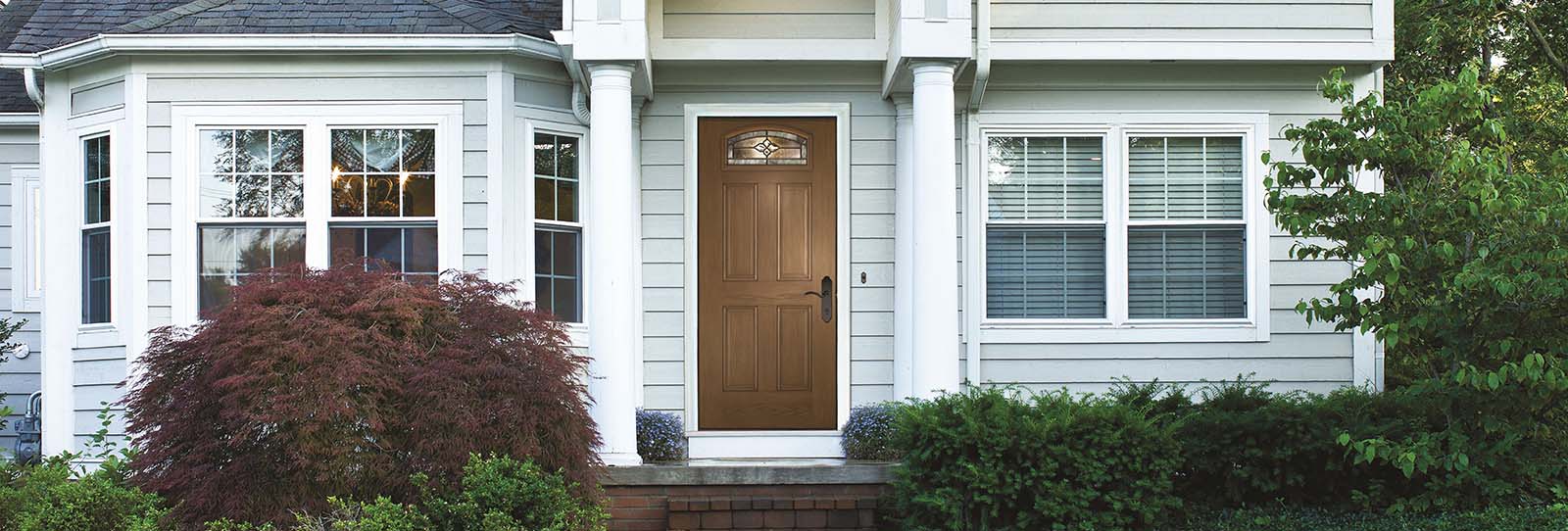WINDOW REPLACEMENT GUIDE:
HISTORIC WINDOWS
I am going to use my neighbor’s home as an example to speak to the value of preserving historic wood windows. Knowing I owned a window company, my neighbors invited me over to counsel them on replacing their windows.
The home was built in the 1920s and had a combination of lead caming glass bay wood windows, in-swing wood casement windows, and a new steal casement combination in the kitchen. While touring the home, I noticed that the windows were un-touched by paint and all operated properly. Yet, the couple’s desire to replace the windows was not about these issues. Their desire to replace windows was driven by their toddler and another baby on the way. They wanted to address the draftiness of the windows.
Long story short, we recommended Low E storm windows, not to the level of the full replacement, but to a level that made sense in the context of keeping beautiful and operational historic windows. I would recommend that homeowners with historic windows consider replacement windows only if operation or damage forces the question.
In addition to being a cost-effective way to add energy efficiency in historic applications, Low E Storm systems are also good options if you are happy with your current windows and are simply looking for improved energy efficiency.
Part One: Introduction
Part Two: Replacement Windows
Part Three: Energy Efficiency
Part Four: High Altitude
Part Five: Historic Windows
Part Six: Warranty & Service
Part Seven: FAQ

